A few days ago I presented a case for why you might want to avoid the purchase of foreign gold coins. Today, I will present the counterpoint. Rather than produce one article that argued both sides of the coin, so to speak, I chose not to debate with myself. You've most likely already taken a position on this issue anyway, so points I make to dissuade you will not do so. And tacks that I take to convince you would only provide consensus if you felt the same way in advance. I've already presented a modicum of negativity in Don't Travel to Europe, today let's experience a blush of positivism.
Why would you want to buy gold coins? Let alone foreign gold coins? All currencies of the world are fiat, meaning unbacked by precious metals. That fact allows their respective central banks to join the party hosted by the FED. They're all present at the fete, in black tie and tails, elegant evening gowns and beribboned military dress uniforms festooned with medals of valor for meritorious service. The guest of honor is Zimbabwe, whose Reserve Bank governor Dr. Gideon Gono is being awarded the first annual Man of the Year statuette, the Golden Gimme, for unprecedented hyperinflation of a currency.
Heads of the Central Banks of several European nations are vying for his attention, but they're having trouble getting past Tim Geithner, who is running interference for his boss, brown-nosing bearded Ben Bernanke. Oh, look at that tackle. Tim has just body slammed Andrea Merkel to the floor. Now Ben has his arm around Gono and is whispering in his ear. They both laugh in unadulterated appreciation of Ben's bon mot, as just a teensy bit of Ben's comment "depression, I think not... TARP seven will solve that," drift our way. Gono's confident, broad smile reveals his pleasure that Zimbabwe supports their own strong dollar policy.
All the Central Banks of the World are currently competitively devaluing their currencies, racing to see which one can depreciate most rapidly. Which currency will go up in flames the fastest? If printing unlimited currency to fund insane monetary policies were a game, no one would have a monopoly. The nations of the world have finally found one thing to agree on. Fiat is worthless, and, frankly, they're having a field day fomenting fiduciary fealty in their fiefdoms. Facing fiscal failure they foreswear fretting and fearlessly follow functions fit to fashion a fatal flooding fiasco. Too bad it isn't foolproof.
All they have to do is convince the citizens of the world that their respective currencies have worth. They need only have faith that the dollar and franc, the yen and yuan, the pound sterling and ruble have value and all will be fine. They will all continue to merrily spend away, consuming their way via debt to a life of indentured servitude in the service of enhancing their national GDP's, and nary a concern shall be expressed regarding the plunging purchasing power of their currencies compared to a basket of other worthless currencies. If all fiat depreciates at the same time, then "Voila," all the bills get paid simultaneously and none's the wiser.
None except the poor public. Poorer by the day. Is the National Debt of other nations as daunting as our own? http://dollardaze.org/. Twelve trillion and forging further, with numbers whirling faster than a thirteen year old baton twirler on crystal meth? In order to preserve our purchasing power, our global citizenry must unite as well, and invest en masse in silver and gold as the Chinese public are being encouraged to do. Gold is increasingly, in all currencies, climbing in nominal value when measured in the depreciating fiat of any given country. You need gold to stay abreast of a hyperinflation that threatens the entire planet.
Roman law prohibited the Roman Army legion from crossing the Rubicon, a river in Italy, as a measure to ensure the Republic would not suffer the threat of internal military conflict. In 49 BC, when Julius Caesar - accompanied by Legio XIII, his force of legionaries reinforced by veterans from several units - violated this mandate he, in essence, "passed a point of no return." According to historian Suetonius, he then uttered the words "alea iacta est" ("the die is cast"). We have reached the point of no return, at which we must abandon faith in our fiat. But you won't be rolling dice to determine your fate, as long as you are secure holding tangible physical gold to ensure your purchasing power.
Why then buy foreign gold and not American Gold Eagles? After all, the United States Mint has been producing internationally recognised 31.1 gram troy ounces of .900 (ninety percent gold, ten percent copper for durability) gold purity since 1986. There are also Krugerrands, Maple Leafs, Philharmonics, Pandas, and Kangaroos to which investors could turn. Why would anyone be interested in actual foreign gold coins that once circulated, or are restrikes of coinage which once did? Availability of a reliable supply in a demand-created shortage. Historical allure provides an additional enticement.
All of the aforementioned troy ounces are produced by their respective national mints, which also provide a supply of fractional sizes. Unfortunately, with fractionals, the supply invariably falls short of demand, which causes an outsized premium to develop to obtain them. Frankly, you can often purchase a similar size of a formerly circulating foreign coin for less than it's modern bullion counterpart. Fractionals are generally available in sizes ranging from 1/2 to 1/20 troy ounce, with midrange bullion available in 1/4 and 1/10 increments. Foreign coins can be found to approximate most of the fractionals.
The Austrian 100 Corona and Hungarian 100 Korona issues are both composed of a 900 fine alloy of gold and copper. Both contain 0.98 troy ounce of gold, and are identical in weight and purity, the difference being the design of the coins. Austrian gold bullion coins bear a profile of Franz Joseph I, the Hungarian 100 Koronas show him standing, holding a sphere and a scepter. The 100 Korona gold bullion coin reverse has the Hungarian Coat of Arms, a large shield held by winged angels. http://www.cmi-gold-silver.com/hungarian-koronas-gold-bullion-coin.html
The Austrian 4 Ducats bears .4430 troy ounce of gold. 40 Franc French Napoleans weigh in at .3734 troy ounce. There are few gold coins in this weight range unless you want to incur payment of a premium for older coins of greater numismatic value from the early seventeenth century. It's probably better just to double up on the more commonly available quarter ounce near equivalents which are described in the following paragraph. If you're stubborn, you could accomplish the task to near exactitude by purchasing two Uruguay 5 Peso .2501 troy ounce gold content coins.
The most popular European foreign coins commonly available consist of the British Sovereign, at .2354 troy ounce, and the 20 franc French Rooster or Angel, at .1867 troy ounce. The Swiss 20 Franc Helvetia coin shares similar gold content as the French. German 20 Mark gold coins come onto the market occasionally, these handsome coins bearing the image of Wilhelm II, bear gold content of .2304. The Danish Mermaid, a 20 Kroner coin minted from 1873 to 1900, bears gold content of .2592 troy ounce. The Swedish 20 Kronor is nearly identical in weight at .2593. The Netherlands 10 Guilder carry .1947, and the Russian 10 Rouble, minted 1898 to 1911, bear the same.
All of the former nations of Europe at one time issued gold coins, and once having accumulated a stock of these more common coins, a collector might choose to acquire an array that would include representation from other nations as well. The Italian 20 Lire, a coin produced from 1861 to 1923, is another that bears the familiar content of .1867 troy ounce. The Spanish 20 Peseta, adorned by the likeness of Alphonso XII, and the Belgian 20 Franc Leopolds weigh the same. The Hungarian 20 Korona, minted 1892 to 1915, as well as the Austrian 20 Corona, were .1960 troy ounce.
For those desiring a smaller sized coin in the 1/10oz range, the most commonly available is the Austrian One Ducat. All the ducats dated 1915 are restrikes, and were produced between 1920 and 1936. There is no numismatic premium for this coin as One ducat coins dated 1915 are still being produced by the Austrian Mint as official restrikes. The gold content of Austrian Ducats is .1106 troy ounce. The Netherlands One Ducat - the obverse of the coin showing a knight holding a bundle of arrows - weighs the same. The British Half Sovereign is .1177 troy oz. The Mexican 5 Peso bears .1205 troy ounce.
Sizes as small as 1/20 of a troy ounce will require figuratively traveling to Mexico to acquire the 2 Peso .0482 or 2 1/2 Peso .0602 troy ounce coins. The 2 Peso is a tiny coin that is commonly used in rings and earrings. The 2 1/2 Peso is slightly smaller than an American dime, and the 5 Peso is about the size of a Lincoln cent. Sizes this small are clumsy to handle. I recommend that the investor worried about barter in the smaller amounts these increments represent salt away a stock of 90% silver content Morgan and Peace dollars, and perhaps a few hundred Walking Liberty, Franklin, or Kennedy half dollars.
There are some investors who fear a repeat of the confiscation of gold bullion that Americans were made to suffer in 1933 with the passage of Roosevelt's Executive Order 6102. To assuage those concerns, I was able to locate the following piece "Legal Precedent Favors Pre-1933 Gold Coins as a Protection Against Confiscation," which addresses the issue. http://www.usagold.com/gold/special/current.html
" In 1954, the Treasury Department recognized at last that the time had come to legitimize the numismatic gold market. Consequently, an amendment was made to the Gold regulations, to the effect that all gold coins minted prior to 1933 would subsequently be presumed to be rare and of recognized special value to collectors, without the necessity of further specific determinations by the Treasury."
"Coins minted after 1933 were still subject to specific Treasury Department rulings, which were to be base on the advice of the Curator of Numismatics of the United States National Museum. All U.S. gold coins and the vast majority of foreign gold coins were thus freed from the overhanging threat of confiscation, and a new era for American numismatics appeared to begin." This quote was excerpted from a detailed account by Donald Hoppe written in 1970. In any event, your concern would be better placed in fearing the pernicious destructive loss of your wealth as the dollar insidiously declines in value, rather than a repeat of gold confiscation.
In closing, foreign gold coins provide investors worldwide a means of protecting the purchasing power of their prospective currencies. While a greater demand stemming from collectors with historical interest will reside in each country of origin of these pieces, investor demand for gold is burgeoning. Coins not now promoted are available, essentially at mark down prices, purchased solely as bullion because they are not now well known by the public. At times the premium paid for smaller foreign coins will be less than for similarly sized fractionals. As gold replaces fiat as trusted money, I am confident these coins will gain familiarity and be easily liquidated.
Buy Silver. Buy Gold. Save Copper. Start Now.
Wednesday, December 16, 2009
Subscribe to:
Post Comments (Atom)



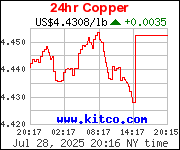


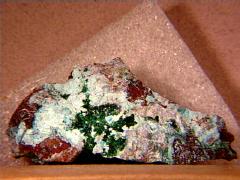

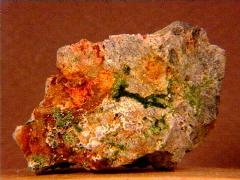
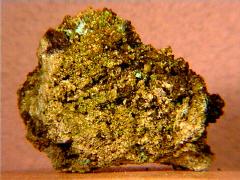
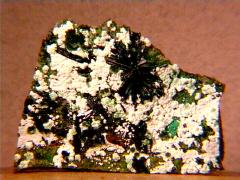
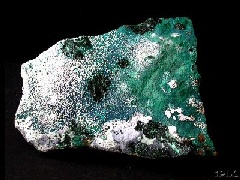


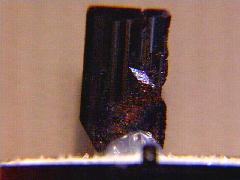
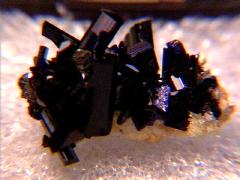
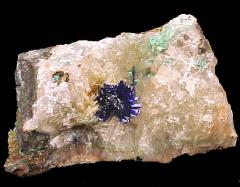


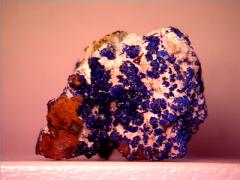






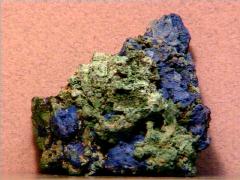

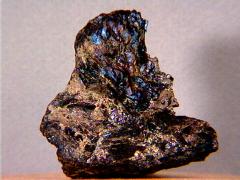




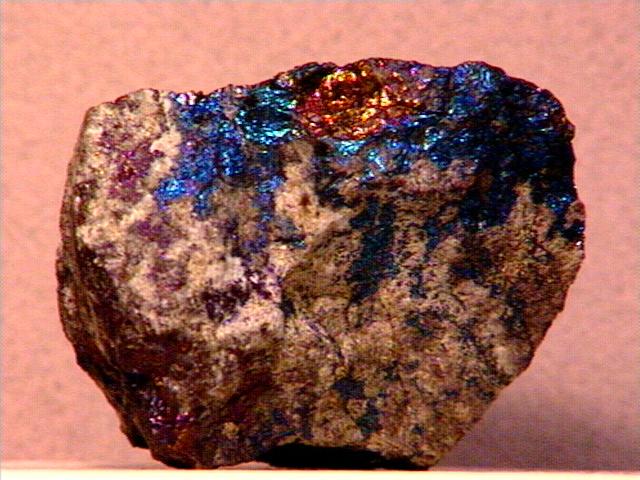


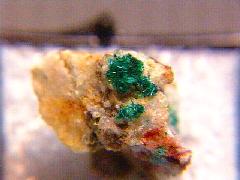
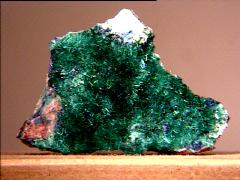






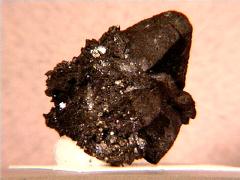
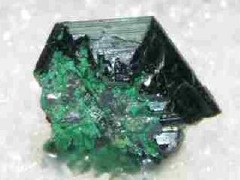
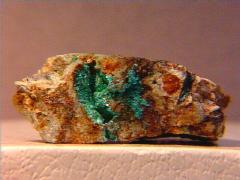

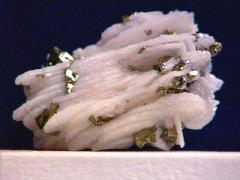
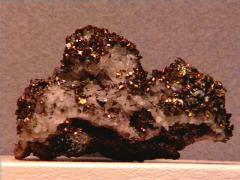

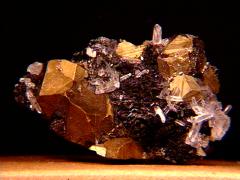
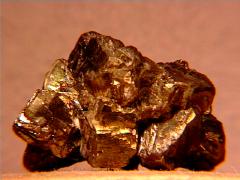




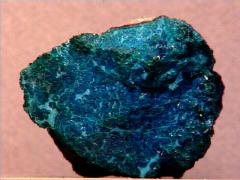
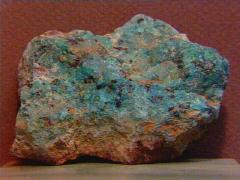


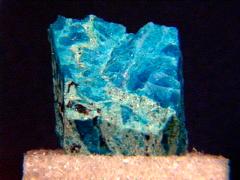
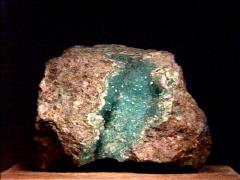
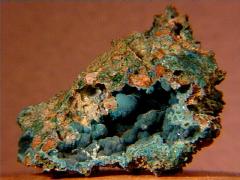
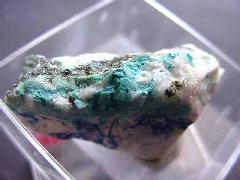
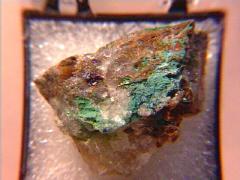

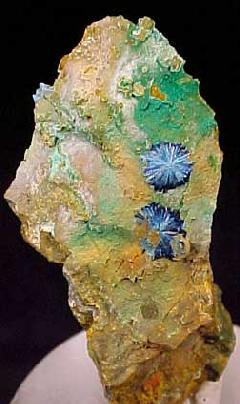
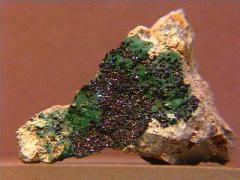

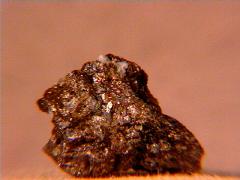
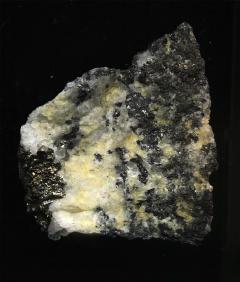



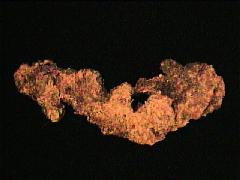


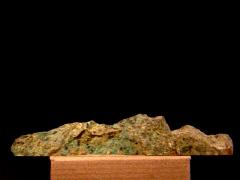



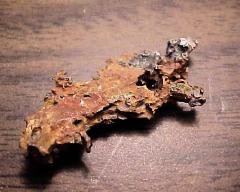
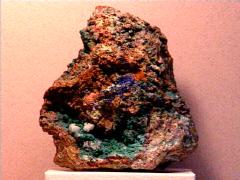


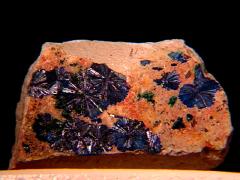
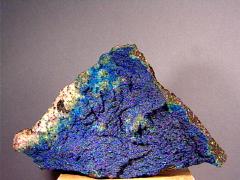

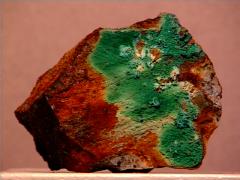


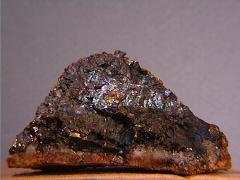
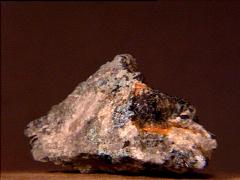


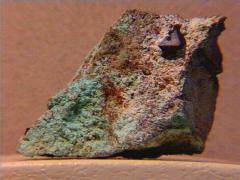


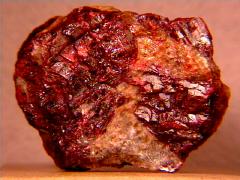
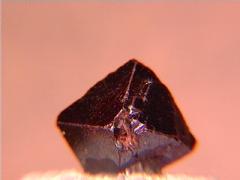

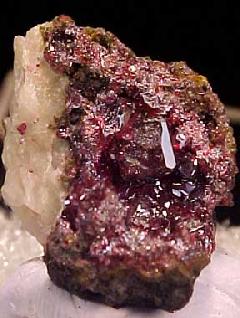


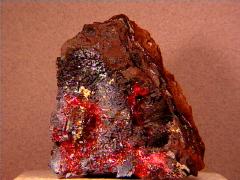


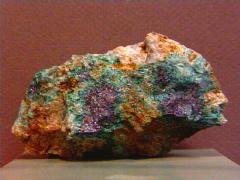

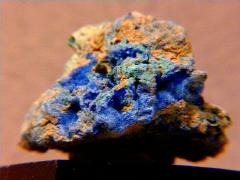

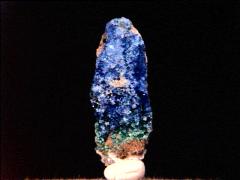




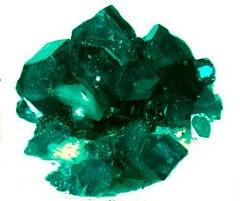



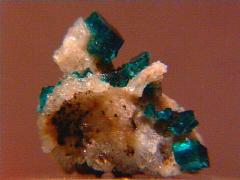








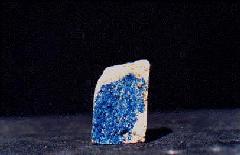


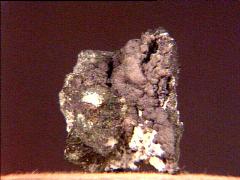
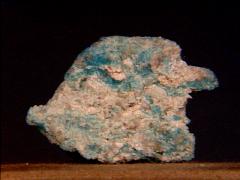
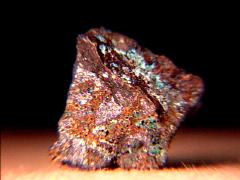





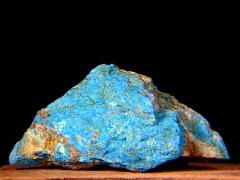

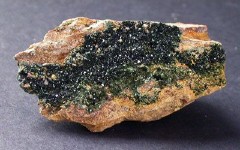


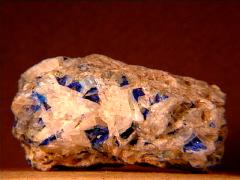
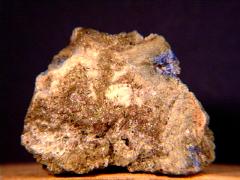


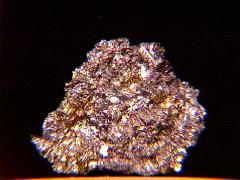
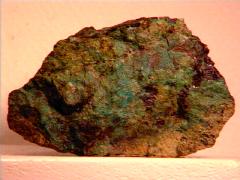
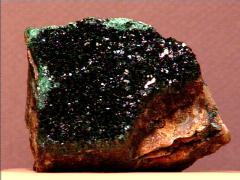
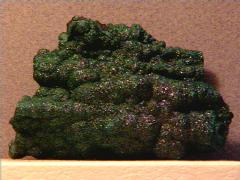




No comments:
Post a Comment